Architects are attempting to integrate daylighting sensors into buildings as a means of making more energy-efficient facilities. Daylighting is a type of timed sensor where the brightness and color of the interior lighting mimics the sun and time of day. Meaning, from morning to afternoon the light will be increasingly brighter but from afternoon to evening it will begin to dim.
Scientists have proven that lighting controls, especially daylighting, improves the health among the occupants inside facilities. This can be especially true in places like offices, prisons, and healthcare facilities because their occupants spend an increased amount of time inside. Daylighting helps maintain the body’s circadian rhythm which regulates sleep patterns. Many offices across the country have implemented daylighting sensors and have noticed an improved performance among employees and have a more comfortable working environment.
Installing lighting control sensors has been proven to save energy and money on utilities. When using daylighting sensors, dimming lights throughout the day helps conserve energy because there isn’t as much light being used in the later periods of the workday. Facility managers and business owners have been installing daylighting and other lighting controls as a means to improve sustainability.
Click here to read the full article, originally published June 8, 2018, by Architect Magazine.

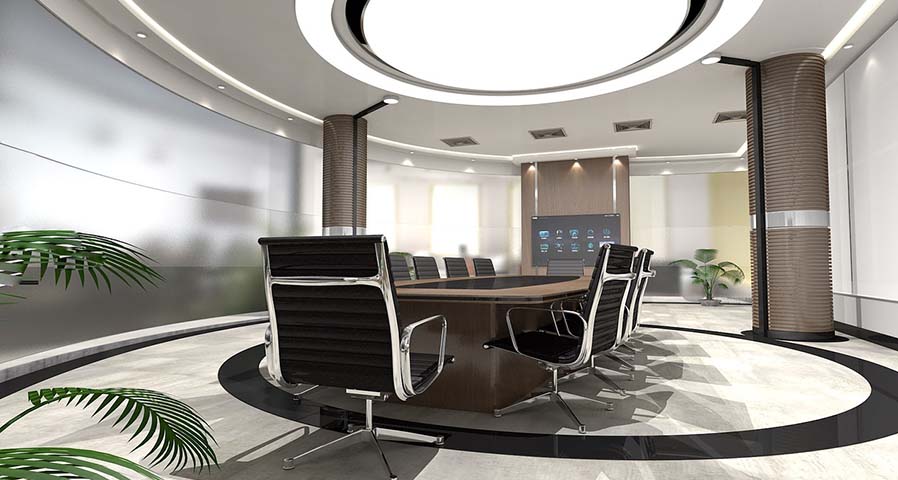

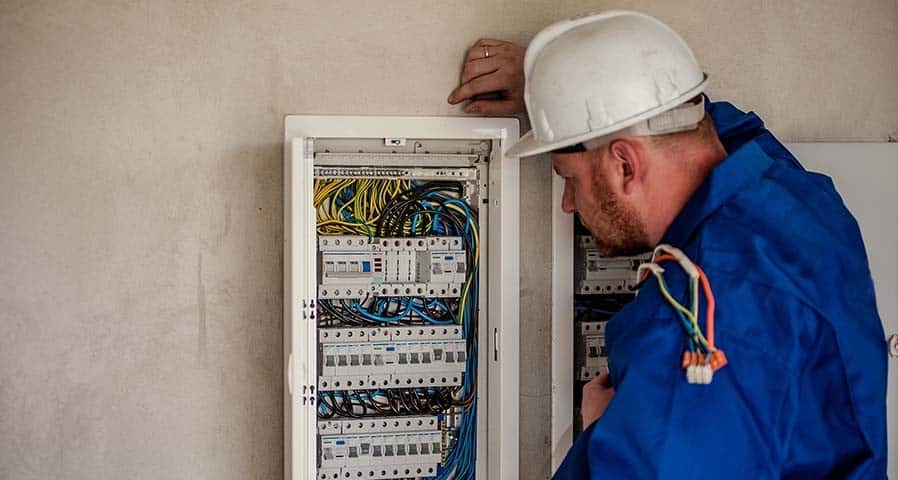
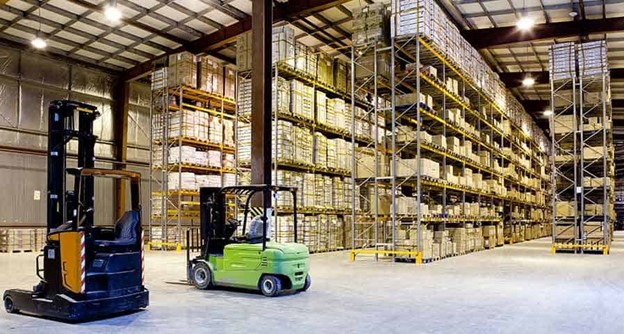


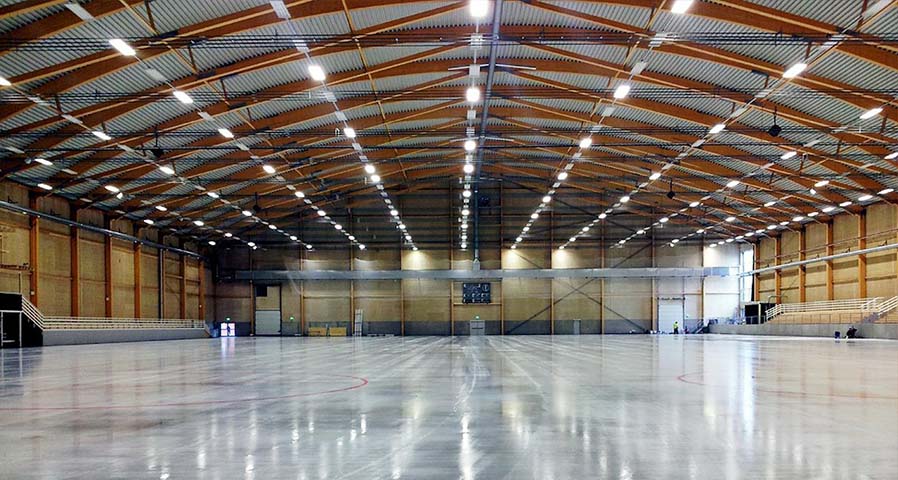








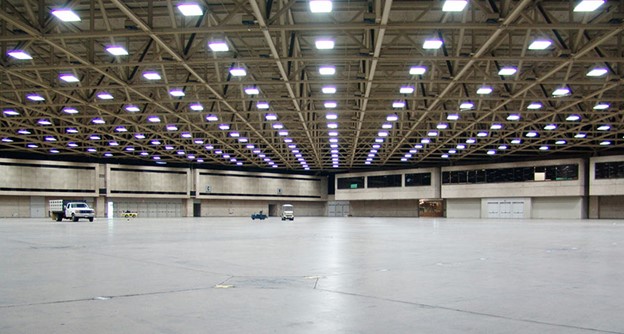
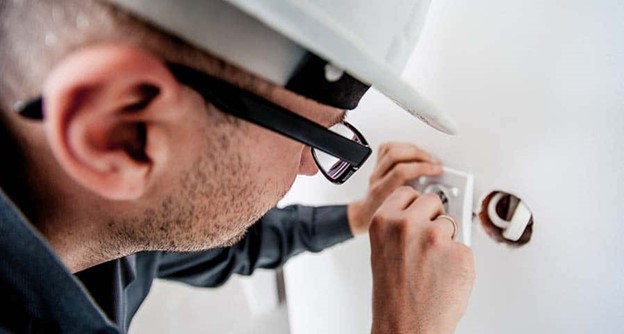

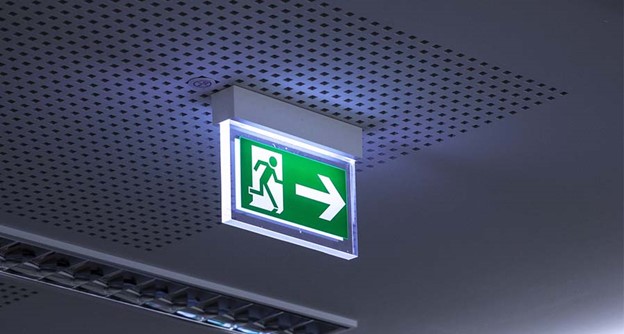
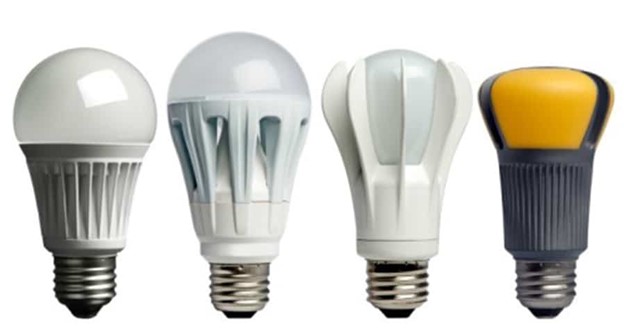
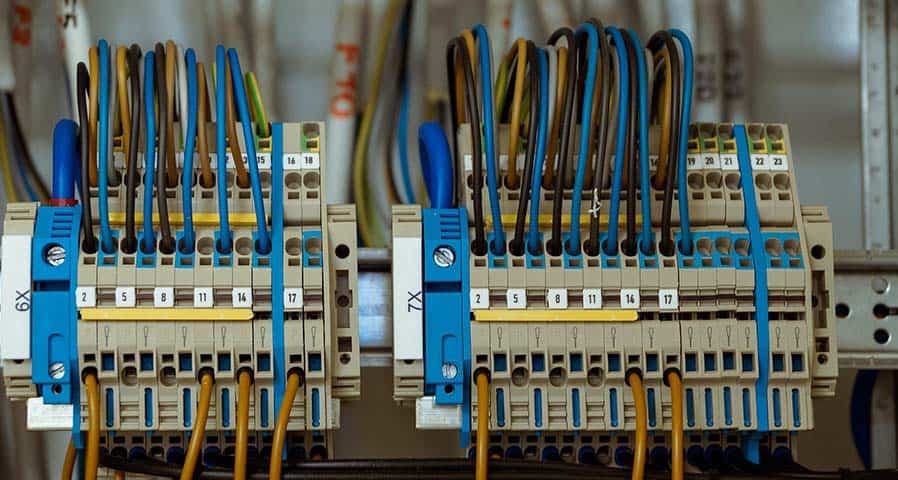



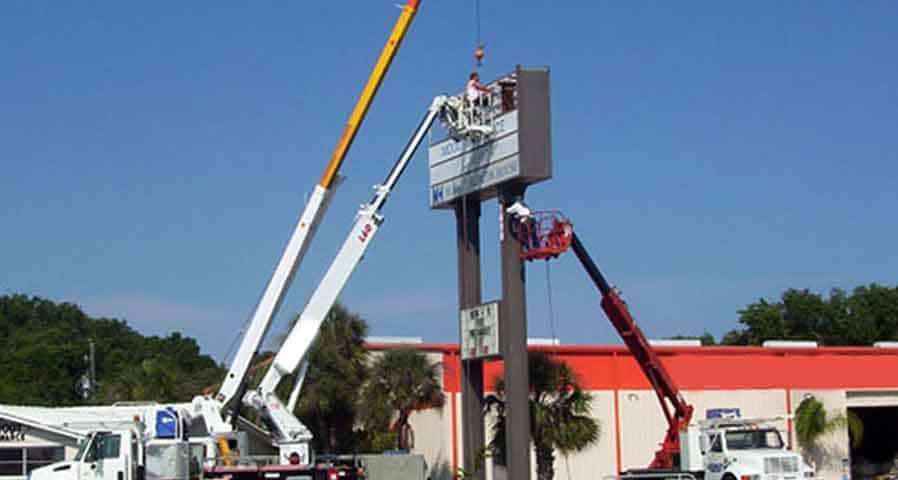

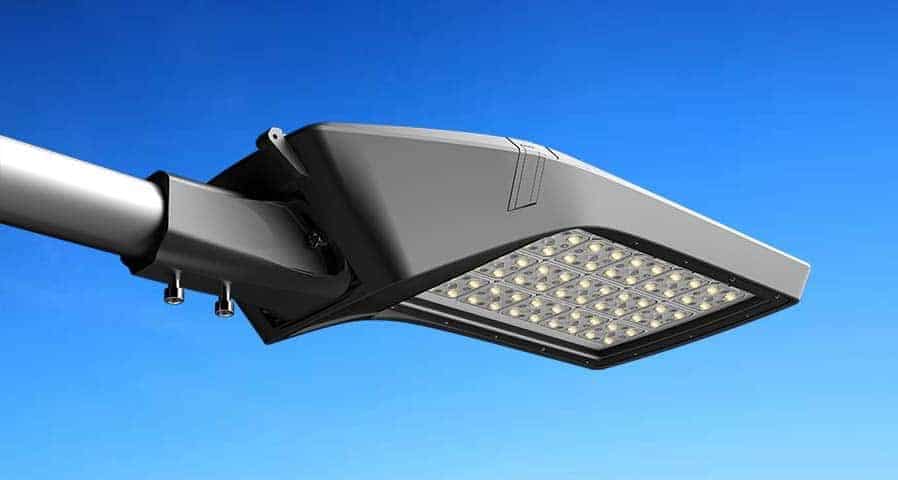
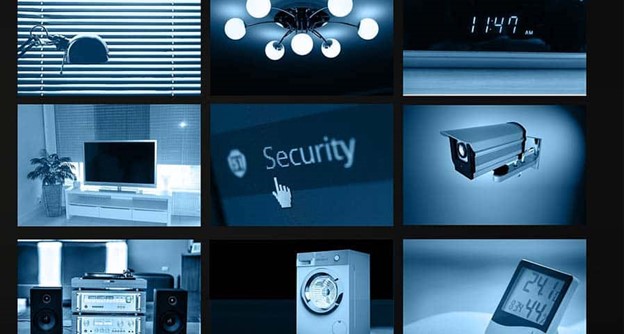
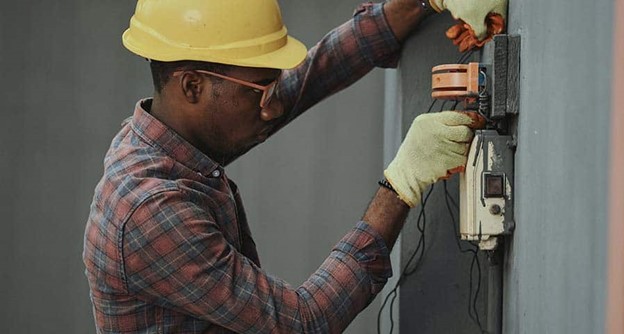
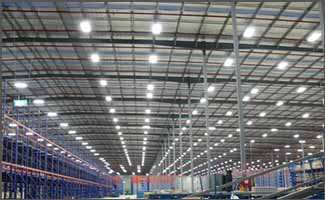
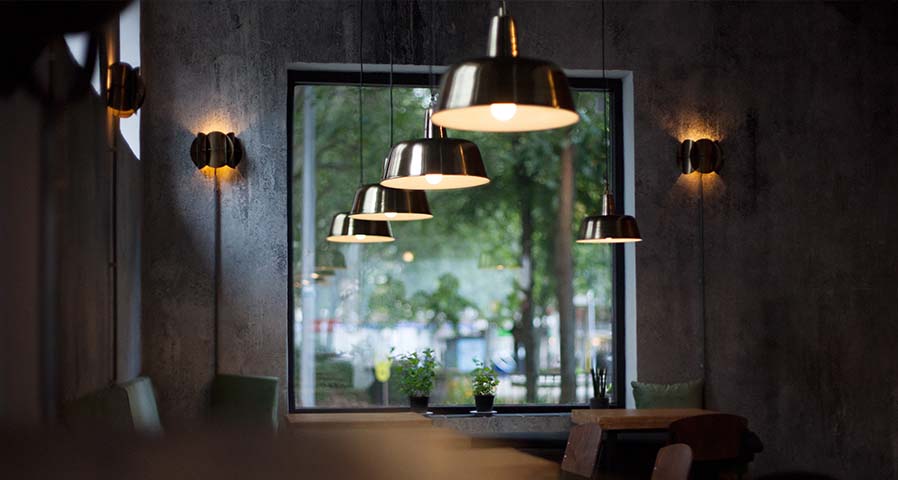
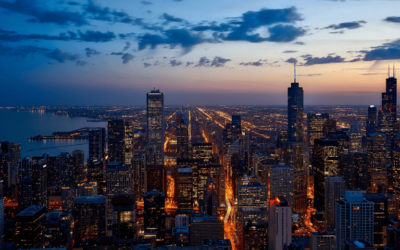




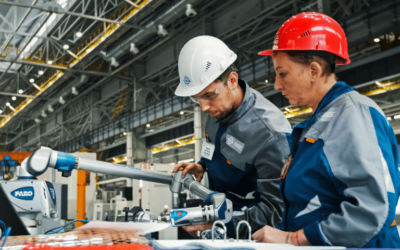
0 Comments